All plants need water to survive. Every gardener, at one time or another, has to tackle the question of when to water plants. Usually, it's not a challenge. But when plants are struggling, when and how much to water is a significant factor contributing to how well your plant does. This article will help determine when it's the right time to water your garden, houseplants, outdoor planters or container gardens.
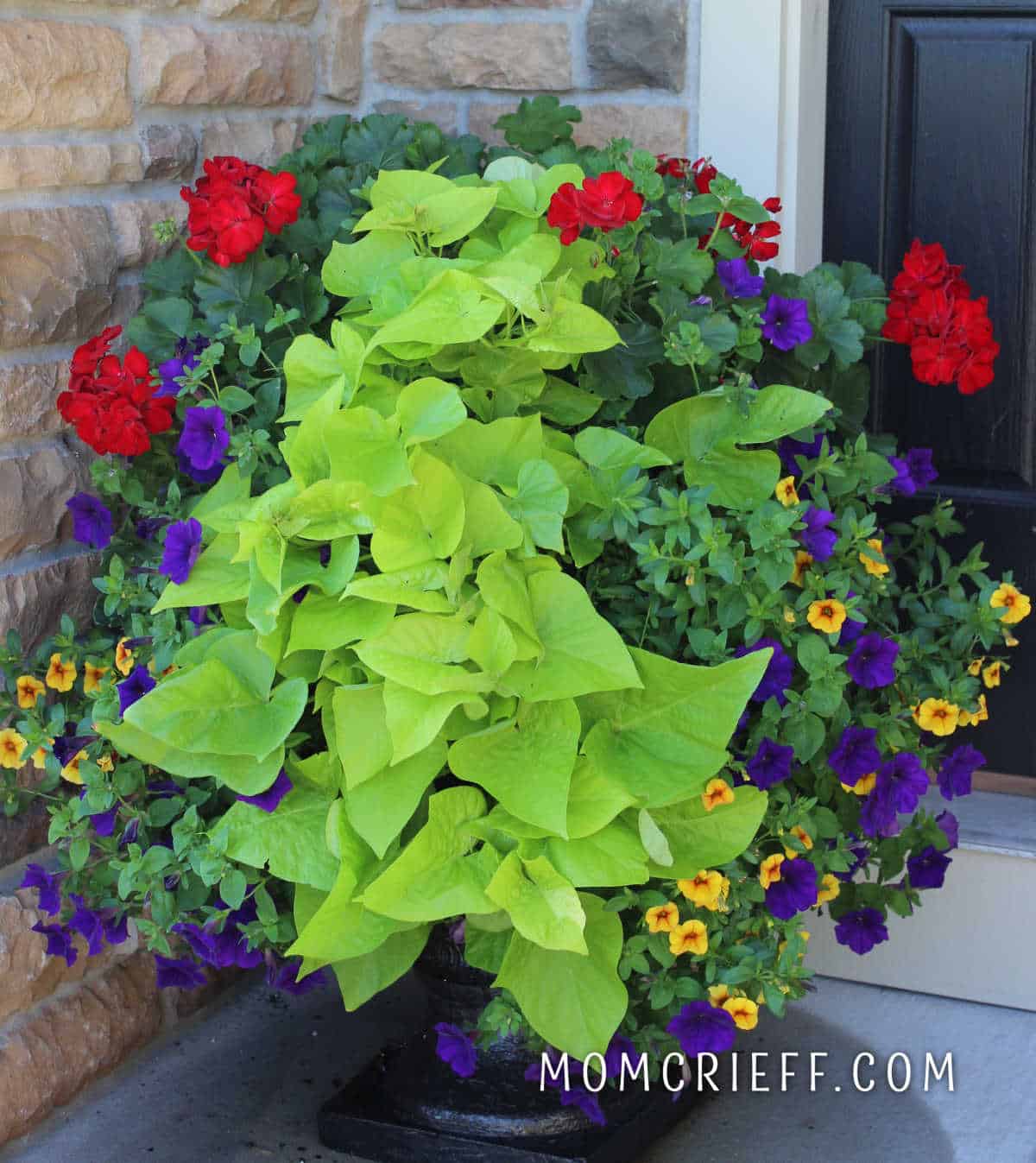
I took a gardening/horticultural course through a university extension class. One of the main things we learned was that the first two reasons plants die are either too much water or not enough.
Just an FYI, I found a great hack to prevent water from running through your hanging baskets. Those poor hanging baskets struggle in the summer heat! Oh, and watering air plants is a totally different method!
Table of contents
- Why is correctly watering so crucial to plants?
- When is the best time to water plants?
- Deep watering
- Water the soil, not the foliage
- Letting plants dry between watering?
- Gnat prevention tip
- Planter drainage holes
- How to tell if the soil is wet/moist/or dry?
- Use a moisture reader
- Test for moisture in the soil with your finger
- Lift (or tip) your pots to see how heavy they are
- Watch the water temperature
- Water softened water
- My favorite kink-free garden hose
- Buy a good sprayer and/or water wand
- Check soil moisture levels before watering
- Watering early morning is best!
- Fertilize your planters!
- More tips to keep plants healthy and thriving!
- Planter Ideas and Inspiration!
Why is correctly watering so crucial to plants?
The critical things needed for almost any type of plant to grow include sunshine, nutrients in the soil, the right temperature and water. Plants use water to carry nutrients throughout the plant. It also lets the plant regulate cooling by allowing some water to evaporate on the leaves (let the plant do this, do NOT spray water on the leaves during hot sunny weather).
See how when I water with my watering can I am watering between the plants so the water gets to the soil without soaking the flowers and foilage? One of the worst things you can do to a plant is wet all the leaves when watering on a hot sunny day. The water magnifies the sun and scorches the leaves.

The process of respiration (breathing) and photosynthesis (creating and storing energy) all require the plant have and use water as part of the process.
When is the best time to water plants?
If possible, try to plan your watering schedule so that plants, especially outdoor plants, are watered in the mornings.
The weather is cooler, so the water evaporates less. Morning watering also allows the plants to store water to get through the hot day. There is more to watering plants than just spraying a jet of water at them.
If you can't water the plant in the early morning, water it when you can. Early evening would be a decent second option if you can't do morning watering. Just know that it's not the best time. If the plant is showing signs of distress from lack of water, don't wait until the morning to water it; gently give it some water when it needs it. But do water the soil, not the leaves.
Water at the base. Do not spray the leaves because they may get the plant equivalent of sunburn on the leaves or vegetables/fruit. I have some outdoor container plants that need to be watered more than once a day when it's hot. In the summer, it's not unusual for me to water container plants early in the morning and then again in the early evening when it's starting to cool down. Test to determine if your soil is actually dry and needs water!
Deep watering
Long slow deep watering is so much better for the plant than a quick light watering. Watering less frequently but deeply helps the root systems get stronger because the roots grow to seek out water. Often there is moisture a few inches below the surface that the plant has access to but we can't see it. That's why it's so important not just to use a visual glance at the garden soil surface to decide if the plant needs water. If you have been watering deeply, and letting your plant dry between waterings, the root systems grow deeper into the soil and the plant is generally healthier than if it is continually given sips with frequent waterings.
Water the soil, not the foliage
Don't water by spraying water all over the plant! When the plant is in the hot sun, and you wet the foliage, the leaves can get scorched and damaged by the sun. Use a watering wand to direct the water lower on the plant, towards the base of it. You want the water directed to the soil. For some plants, like tomatoes, it's important not to splash the soil onto the leaves to prevent fungus in the soil from attacking the plant.
When I water my yellow tickseed coreopsis (one of my favorite perennials), I aim the watering wand near the base of the plant, not the whole plant.
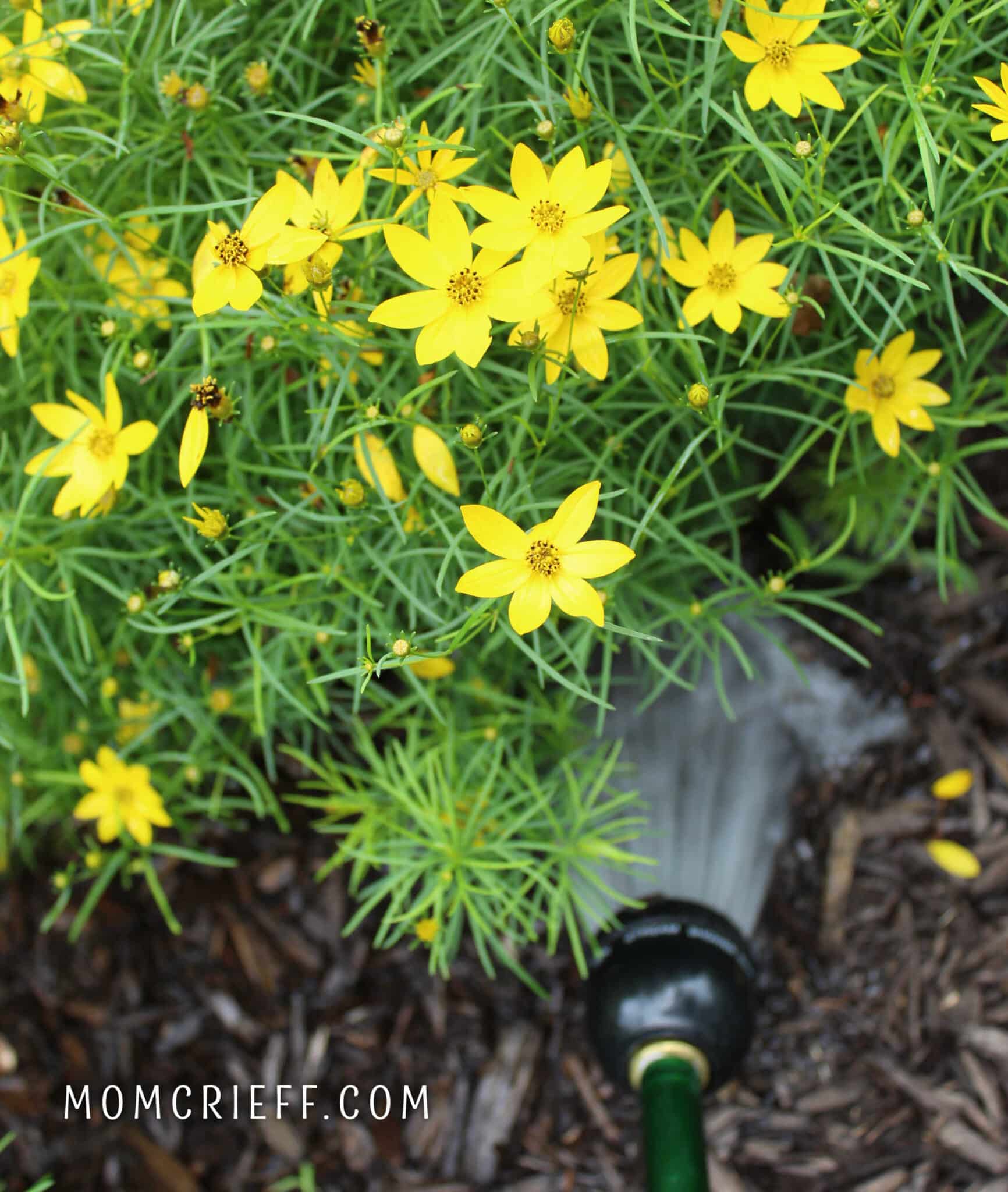
Drip irrigation or using soaker hoses are great but not everyone needs to cover that amount of area or can afford to install them.
An overhead sprinkler is not recommended because of water evaporation and how the leaves are soaked. The water is not directed towards the roots by the ground. Yes, when it rains, the water goes all over the plant. But it doesn't usually rain on a hot sunny day!
Letting plants dry between watering?
The vast majority of plants should dry between waterings. One of the main reasons is that if the soil is constantly wet, the roots will suffer from root rot. This is also one of the reasons morning watering is encouraged. If you water too late in the evening, the soil can stay wet overnight and cause root rot issues. W
Gnat prevention tip
When you have plants indoors, allowing them to dry between waterings will help with managing gnats. Gnats love a wet soil environment.
Planter drainage holes
Make sure the planters you use have drainage holes! If they don't, the water pools inside the pot, and the excess has no way of leaving. Also, once the container plant is well watered, remove the extra water from the saucer so the soil has an opportunity to dry. That's also a good practice to prevent mosquitos from breeding in the water. Ewwwww.
How to tell if the soil is wet/moist/or dry?
I always thought moisture readers were useless, but I saw one at a yard sale for $1, so I bought it. Of course, I had to poke it into different planters and spots everywhere in my garden! I found some interesting things. One side of my windowbox was always wet and the other dry - due to it not sitting totally straight. That solved the mystery as to why some of my plants weren't doing well in that windowbox! Also, I found I was overwatering some containers. They seemed dry but once the probe was at 2-3 inches deep, the soil would be moist or even wet! I don't use it all the time, but I do like having it help me understand the watering needs of my garden. It's been especially helpful with my raised beds. Just because the soil looks dry, that doesn't mean the plants need to be watered!
Use a moisture reader
I love how simple the display is! I was also interested to read that these types of probes require no batteries! Because of different metals, moisture, and some other science stuff (I stopped being interested at this point), the probes are essentially batteries. There is no need to buy the little expensive batteries, which is the point! These moisture probes are not expensive (even for two).
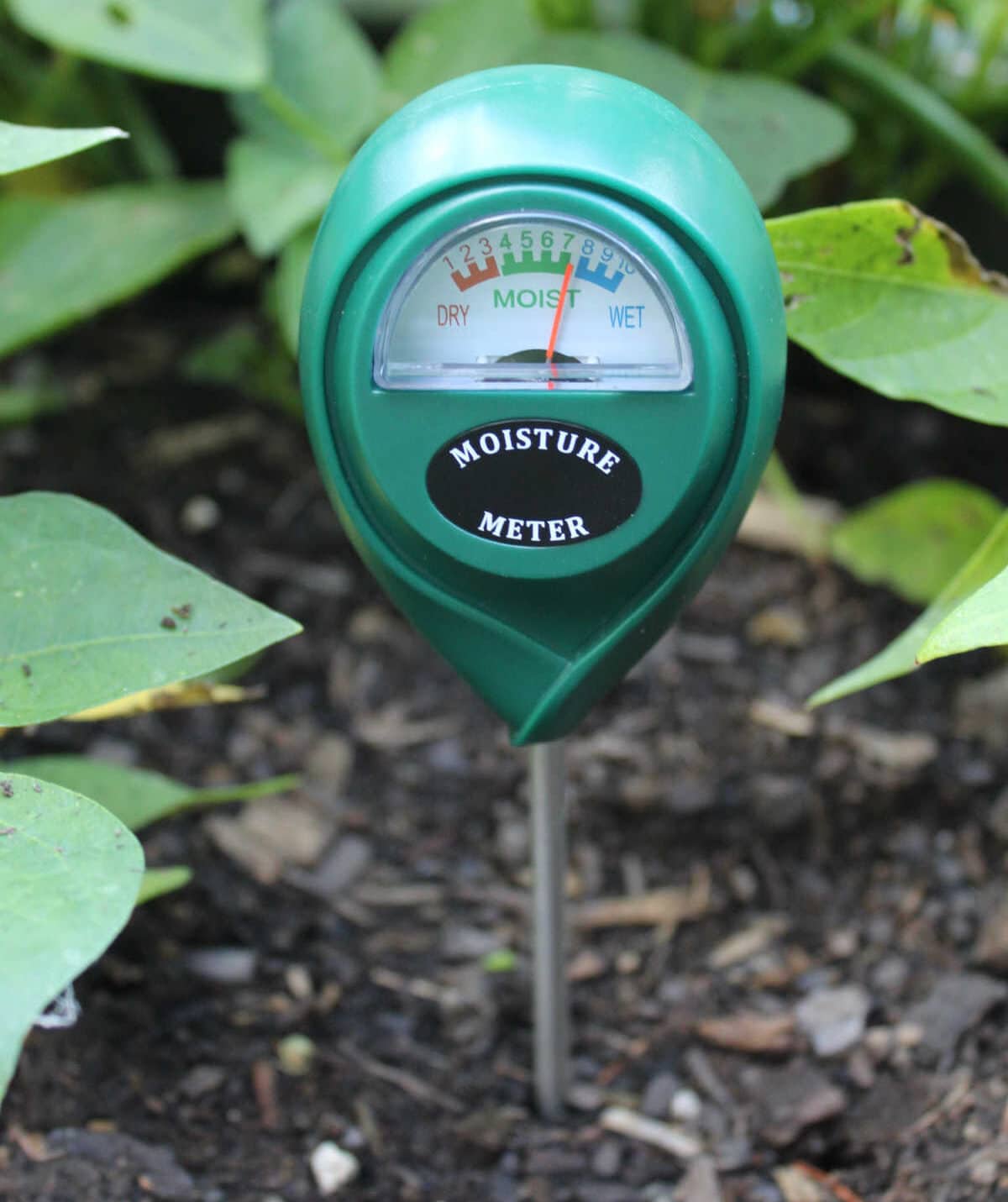
My personal suggestion is to have separate probes for outdoor and indoor use. There are obviously more critters in outdoor soil, and you wouldn't want to accidentally transfer them to your indoor plants.
Test for moisture in the soil with your finger
A traditional way to test if the soil is still moist is to stick your finger into the soil to at least the depth of two knuckles. You want to see if the soil is moist in the area where the roots are, not on the surface.
Lift (or tip) your pots to see how heavy they are
You'll notice a definite difference in weight when the soil is wet vs. dry. Once you see how light planters are when they are dry, it's easy to know when to water. This is my favorite method!
Watch the water temperature
Be careful of the water temperature. For example, if a hose sits in the hot sun for hours, its water will be very hot! I usually make sure the hot water has been removed from the hose before watering my plants.
Water softened water
It's better to use water not softened by your water softener. Usually outside spigots and often the kitchen faucets are not softened. For indoor plants, I often fill my watering can with tap water and let it sit for a few hours to have room-temperature water and allow some of the chemicals (chlorine) to evaporate. It's just something I do from my days as an aquarium owner.
My favorite kink-free garden hose
It makes this chore quicker and easier, and then there is less swearing involved because the hose kinks. This is the kink free hose I have and love!
Buy a good sprayer and/or water wand
This helps gently direct water where you want it (at the soil level). You can get great buys at the end of the season! I do use a sprinkler to occasionally water my lawn. Sprinklers are also great end-of-the-season buys! Ensure you can adjust the spray intensity on the water wand or nozzles. Don't blast your plants with water! You can damage the stem/leaves and roots!
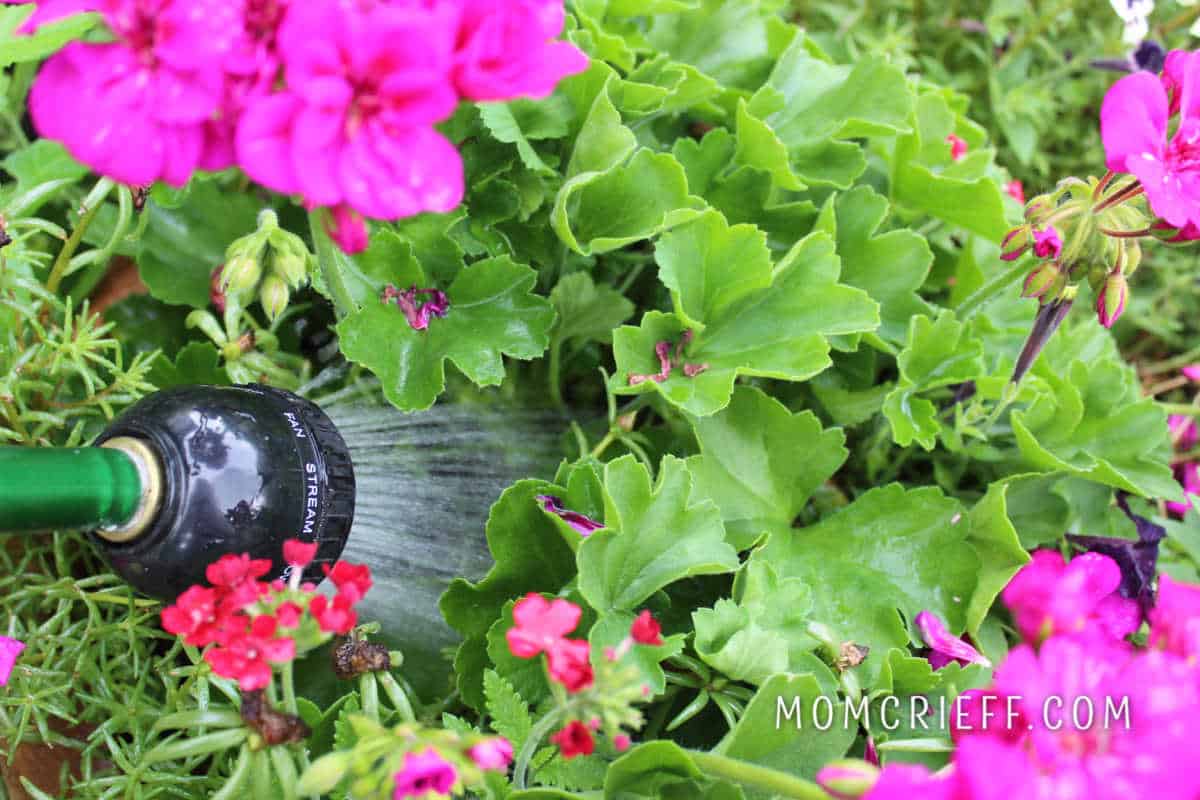
Check soil moisture levels before watering
I've been gardening for many years. I was surprised by what I learned using my moisture probe. You invest so much in soil and plants these moisture probes are a cheap/frugal investment. They are less than $8 each (when you buy this two-pack). These are so important for container gardens, planters, flower baskets, and even raised beds!
Watering early morning is best!
If possible, water in the mornings. It's cooler, and you can practice self-care listening to the birds and enjoying the calmness outside early in the day.
The second option is to water in the late afternoon or early evening when the temperature has cooled and the sun is less intense. If your plant is in distress (seriously drooping, crispy-looking, very dry), then do give it a drink. This applies to perennials, annuals, shrubs, and especially vegetable plants!
Exception to the rule! If your plant is in distress (seriously drooping, crispy-looking, very dry), then do give it a drink. Be extra vigilant in ensuring the plant is correctly watered, especially over the next few days. It is stressful to the plants if they dry out too much!
Fertilize your planters!
If you have to water your planters often, they need to be fertilized often. I fertilize my flower containers approximately every 10-14 days with diluted fertilizer. This Miracle Grow Bloom Booster fertilizer keeps your flowers thriving and blooming! Look closely at the package and notice how it clearly states Bloom Booster. You want that one for your flowering planters. It does make a difference!!
FAQs
Use an inexpensive moisture probe! I've had plants that appear dry have very wet soil a few inches below the surface.
More tips to keep plants healthy and thriving!
Planter Ideas and Inspiration!
Please pin this to your Pinterest account!
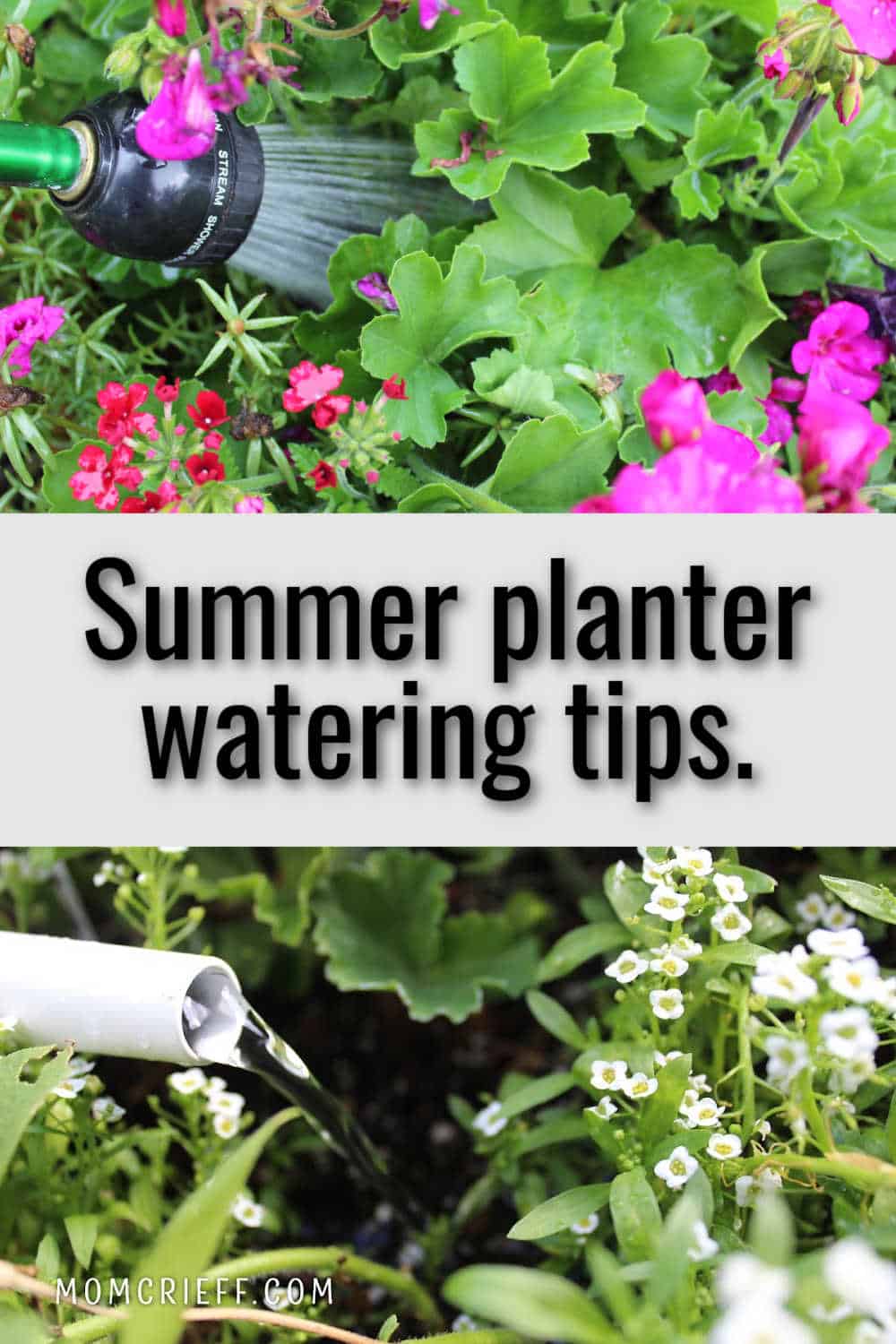


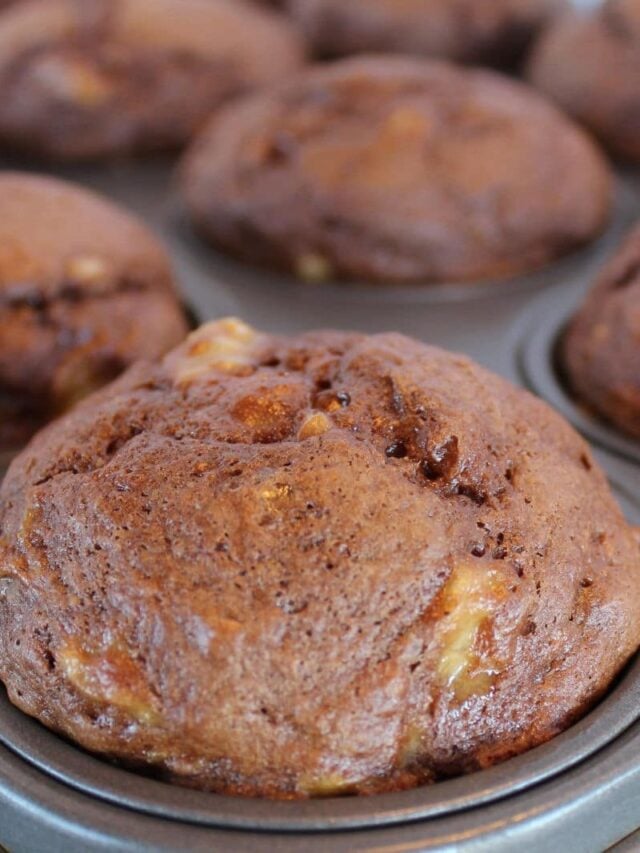
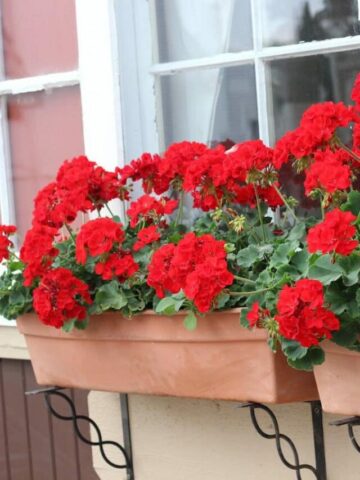
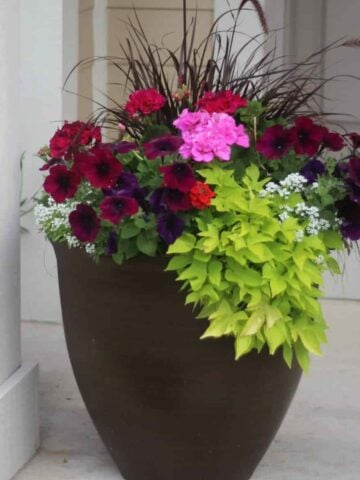
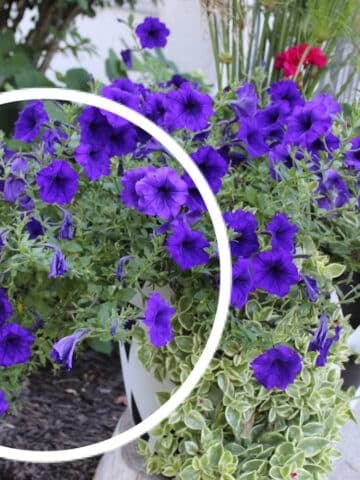
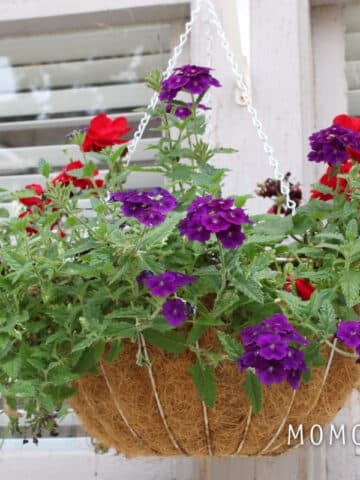

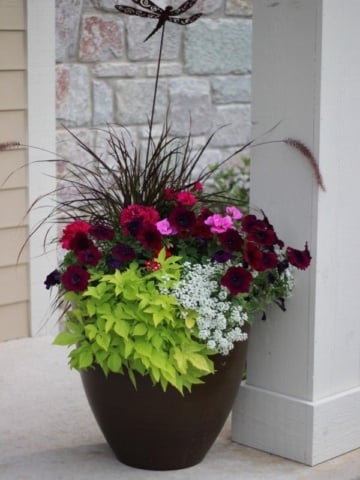
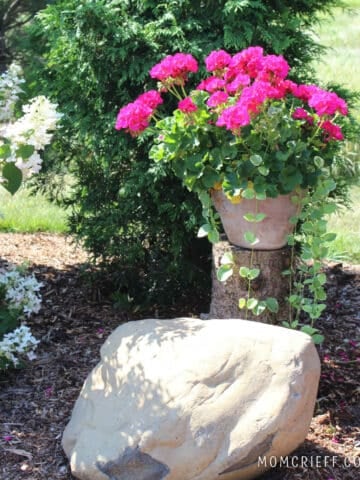
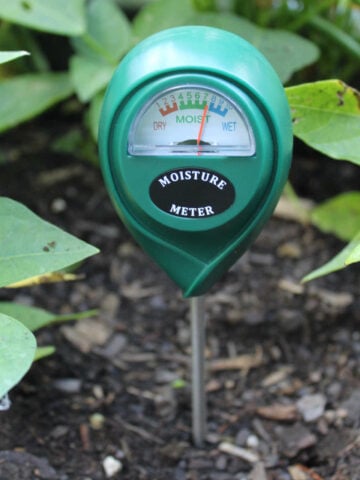

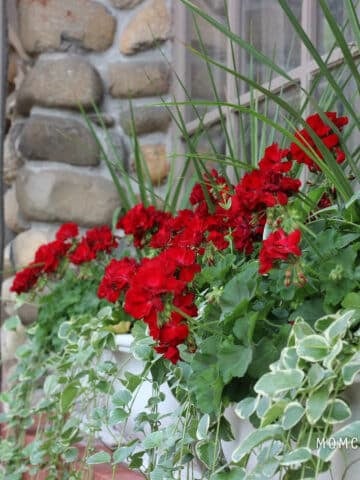
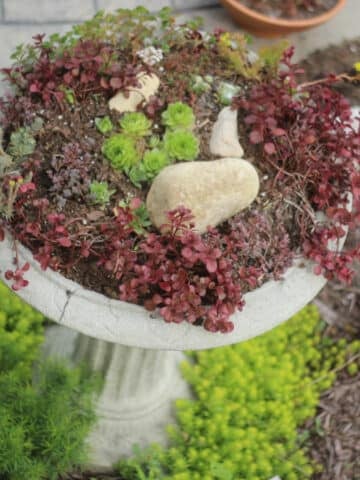
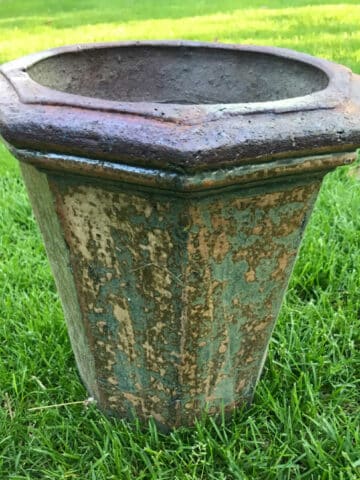
Michelle
Hi, I'm really enjoying your recipes and gardening tips. I'm always happy to see I've received an email from you. Thanks for adding fun to my day! I appreciate you.